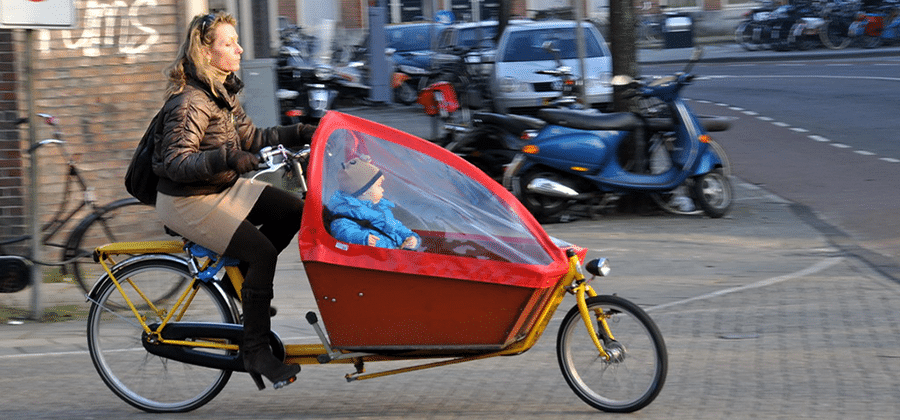
The connection between access to transportation, whether public transit or freeways, and the value of real estate has long been understood. Build a subway station or a highway on-ramp, and development rapidly grows up around it. However, the connection between mobility, a far broader and contemporary concept of transportation and access, and equity, has never been as widely acknowledged or well-understood.
What is mobility?
It’s first worth taking a moment to talk about what we mean when we use the word ‘mobility’ today. Historically, government departments that dealt with the movement of people and creation of infrastructure had names like Department of Transportation or Department of Highways. And these titles reflect how narrowly we used to think about these issues, namely, as a solution to more people, more cars, or to a desire to bring development and jobs to a region. Build it and they will come.
In 2015, researchers from Harvard University were able to show that time of travel and reliability of travel are the single strongest factors in determining a family or household’s ability to change their economic status for the better. But they didn’t define access to transportation as simply being on an interstate or near a bus or train route. Instead, they thought of it in terms of the goals of that access. In other words, the ability of people to get from where they live to where they need to go for jobs, services, and goods. This is, in part, what we think of when we talk about mobility, and why we increasingly tie access to equity.
Mobility objectives for citizens
A new department in Pittsburgh, the Department of Mobility and Infrastructure, helps to highlight this connection and shows how mobility, real estate, and equity are inextricably intertwined. The director, Karina Ricks, oversees a team that has a singular focus on mobility, which they define as both helping people get from place to place, as well as finding ways to improve people’s lives through better and more thoughtfully planned transportation options.
Their objectives are to ensure that in Pittsburgh:
- No one dies or is seriously injured traveling on city streets
- Every household in Pittsburgh can access fresh fruit and vegetables within 20 minutes travel of home without a private vehicle
- All trips less than one mile can be easily enjoyed by non-vehicle travel
- Streets and intersections can be intuitively navigated by adolescents
- The combined cost of transportation, housing, and energy does not exceed 45% of household income for any income group
While these goals may seem straightforward, it’s actually quite revolutionary. Ricks and her team are looking at housing, transportation, infrastructure, planning and design through a new lens in an effort to better meet the needs of members of the community. Hopefully, their efforts will help to develop a model that can be replicated in other places.
To learn more about these issues and about the connection between mobility, equity and real estate, listen to Ricks talk in detail about her department and the work it’s doing.
